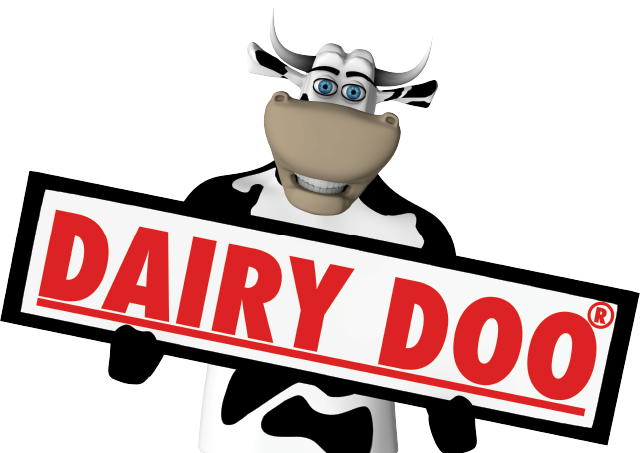Your garden is in. The lawn is green. The flowers are blooming. Now what?
If you are serious about improving your yields, growing the perfect tomato, or just fully enjoying all your plants can offer, it’s time to talk about feeding.
Does Everyone Need to Feed Their Plants?
The answer is, it depends. If you are gardening in very fertile and healthy soil you may not need to. Raised vegetable beds planted in a nutrient-dense potting soil such as Pro Vegetable 301 probably won’t need additional feeding. In comparison, an in-ground garden that has only been amended once or twice would benefit from a nutrient boost.
The problem with “waiting to see” is by the time you notice symptoms of nutrient deficiencies in your plants the deficiencies are extreme.
“If you are seeing nutrient deficiencies in your plants, such as yellow leaves, stunted or abnormal growth, or lack of blooms, you’ve gone too long,” says Joel Clifton, Agronomist at Morgan Composting Inc. “Ideally, you want to have a preventative maintenance schedule in place to feed your plants for optimum yields.”
Options for Conventional and Organic Gardening
The next question becomes, are you growing your plants, whether they are vegetables, flowers, or just a vibrant green lawn, organically or conventionally?

Organic lawns and gardens require organic fertilizers, such as DAIRY DOO’s granulated Safe Green Lawn or Healthy Garden products. These are made without chemicals and contain a boost of nutrients that are absorbed slowly by plants for a longer lasting effect with fewer applications.
A conventional garden or lawn can use a liquid fertilizer which quickly feeds plants but requires more applications. Even if you aren’t concerned about organic products, you should still look for a high-quality liquid fertilizer that works with nature instead of against it. DAIRY DOO’s VeggieBlaster, BloomBlaster, FruitBlaster, and TurfBlaster liquid fertilizers use natural ingredients to administer nutrients nature intended the plants to have in a way that does not cause further harm to the soil.
How to Feed Your Plants
To apply a granular fertilizer, distribute a light dusting around the base of a plant extending to the drip line and water well. For lawns, use a broadcast spreader for easier application. Granulated fertilizers can be applied 2-3 times a growing season, depending on your existing soil.

Liquid fertilizers, like the blaster line, are applied by hooking up a garden hose to the bottle and watering plants. The liquids will be quickly picked up by plants and immediately put to use, so you will see quicker results, but will have to reapply every 7-14 days until harvest time.
Remember to Feed AND Build
Whatever option you choose, it’s important to remember fertilizers are a supplement, they are not meant to replace compost. Fertilizers are good for feeding a plant, but amending the soil is building the soil. It is not an immediate, but rather a long-term process that increases soil health and vitality. If you continue to build your soil through the amending process each year you can expect to use less and less fertilizer but still maintain excellent results.
If you haven’t tried fertilizing yet, give it a shot this summer and watch for improvements in your plants!
